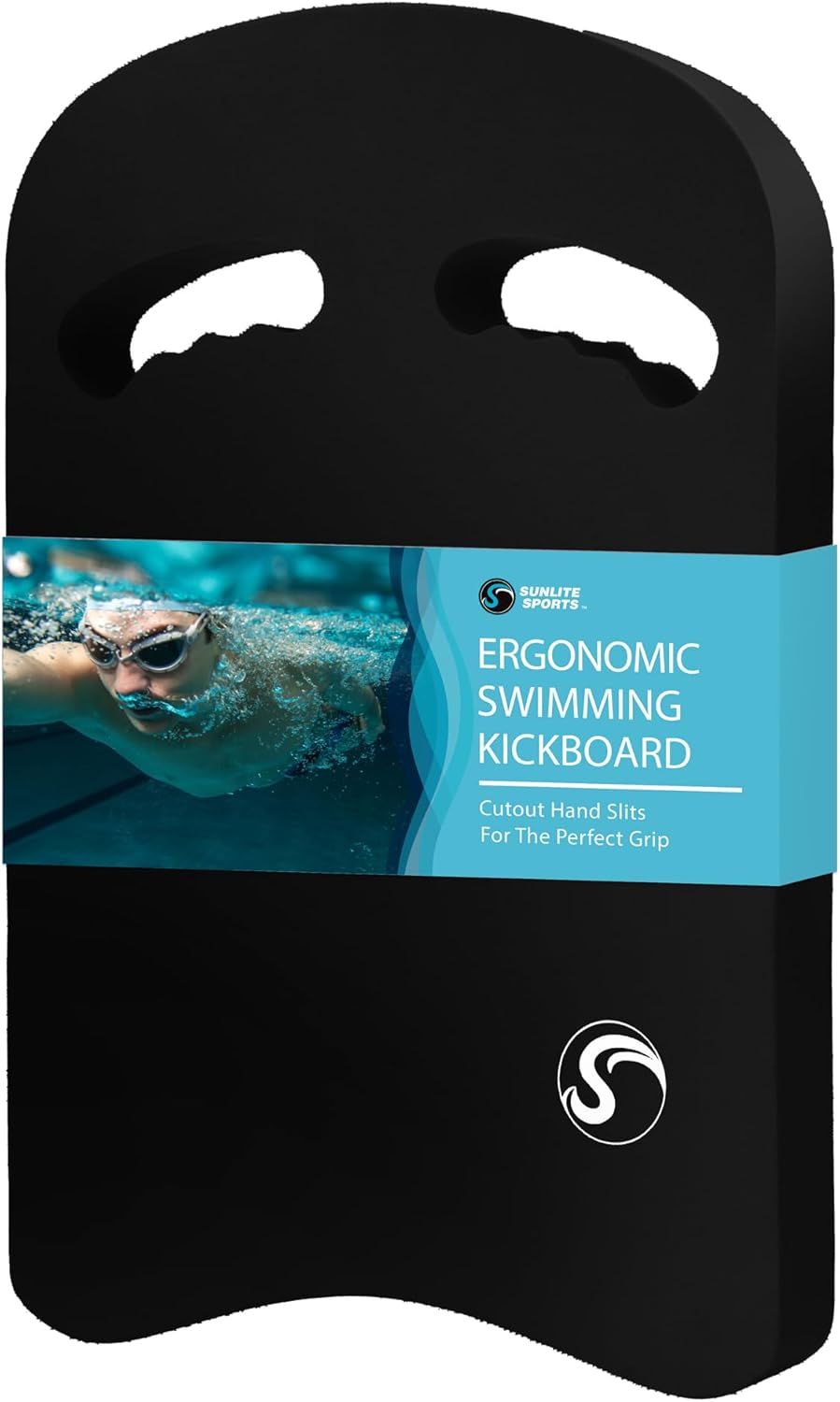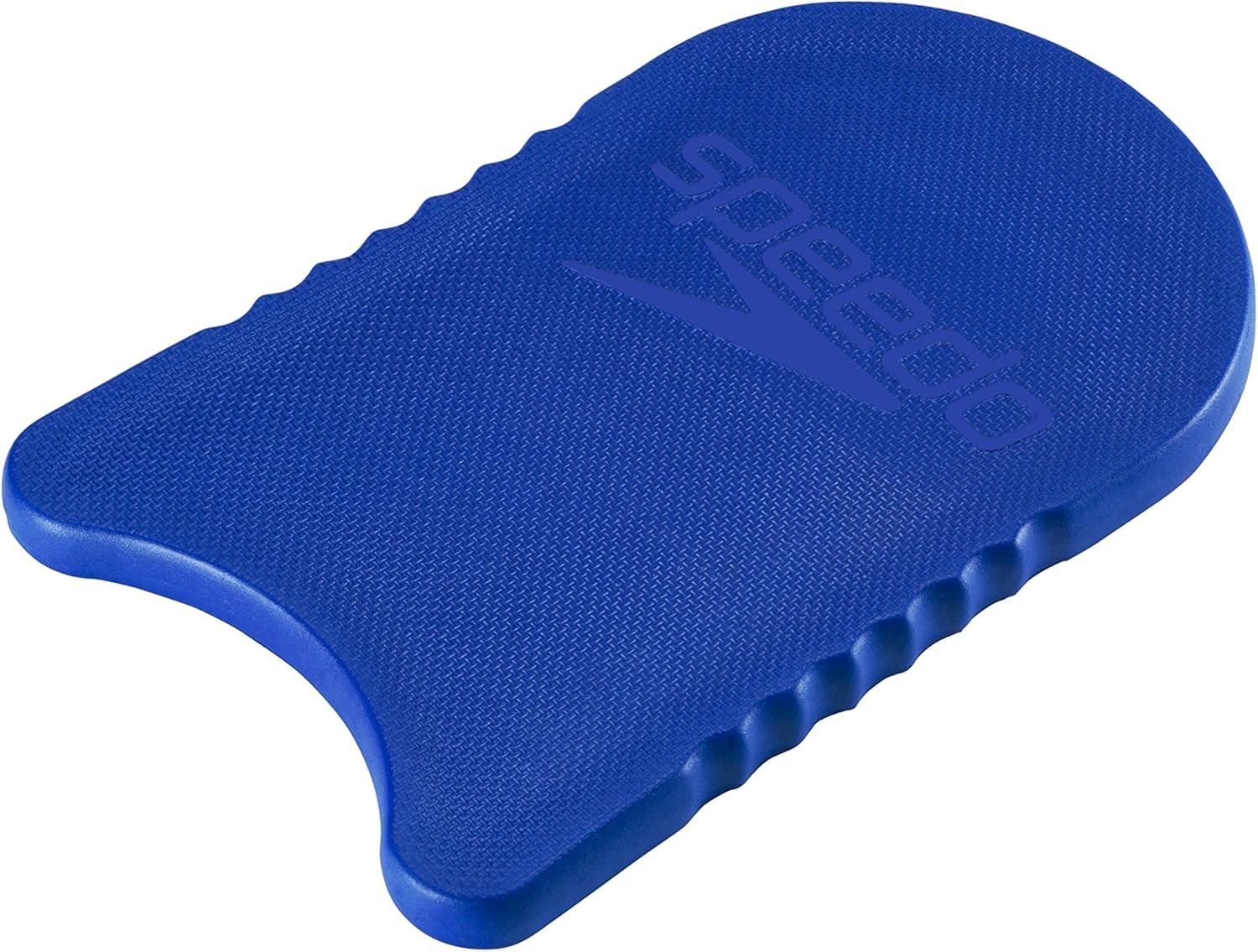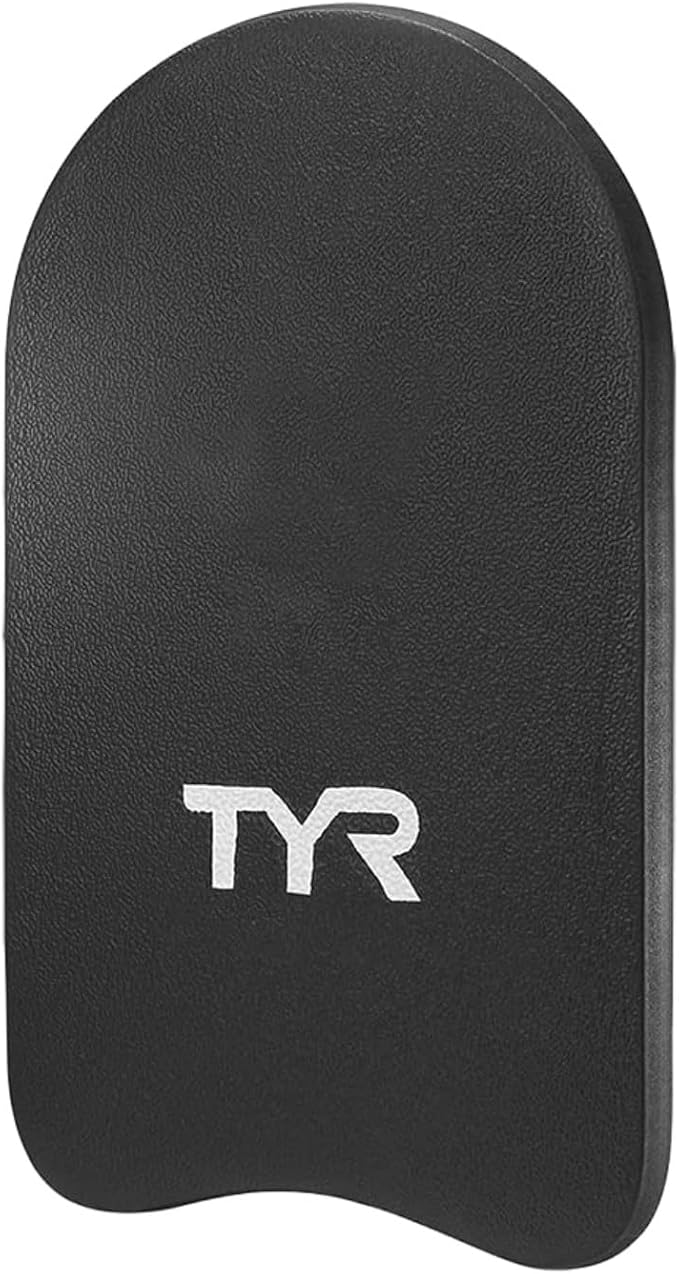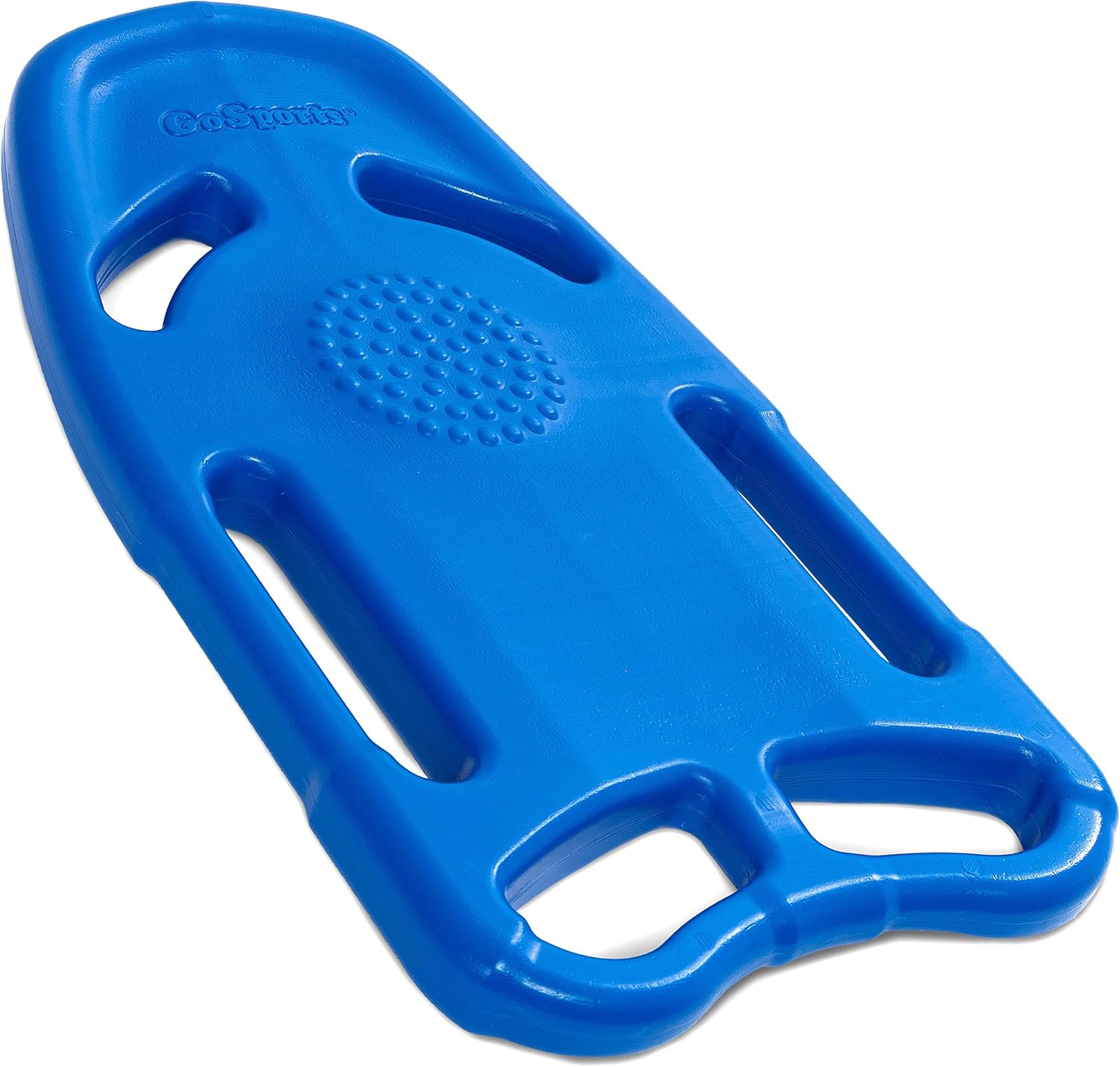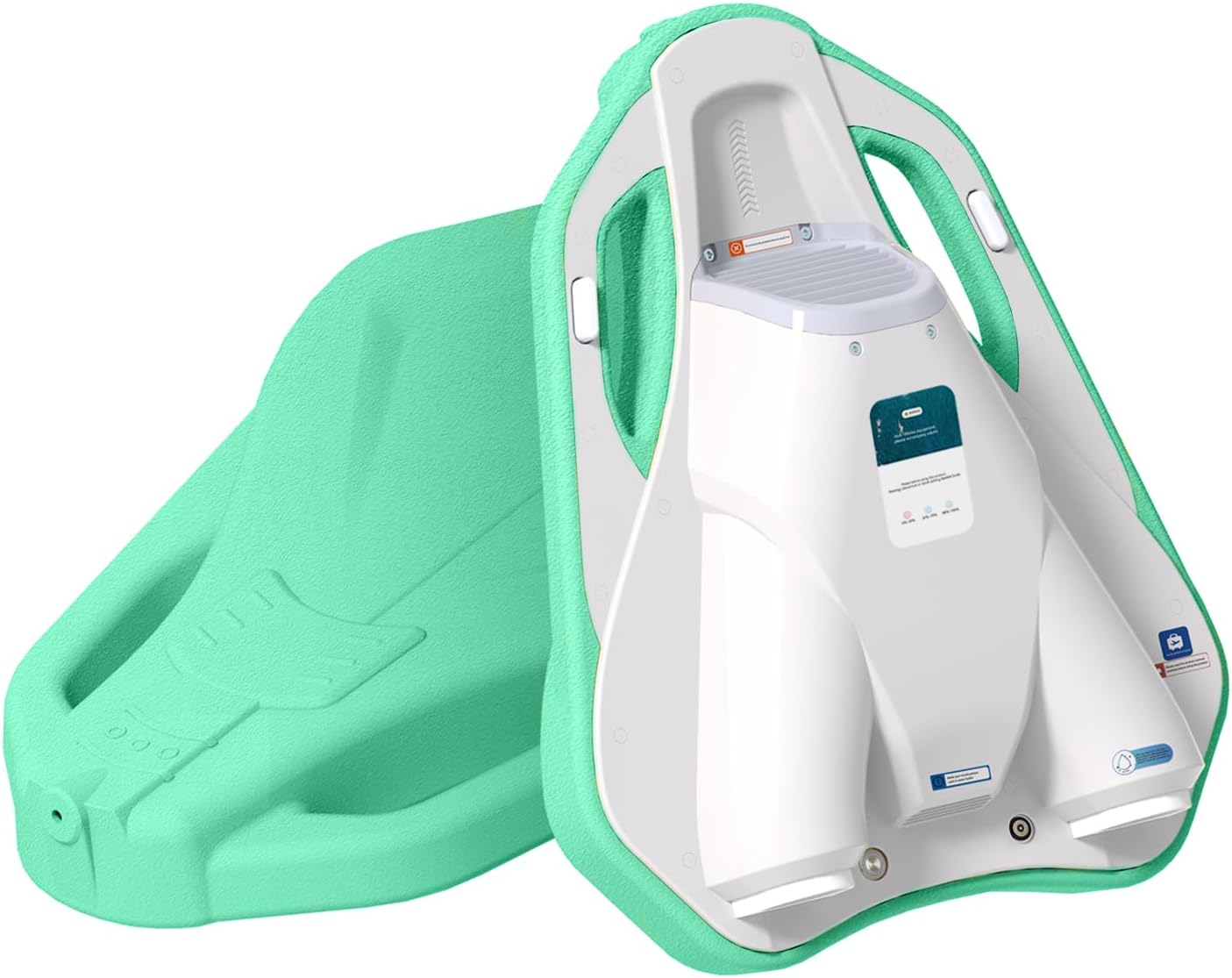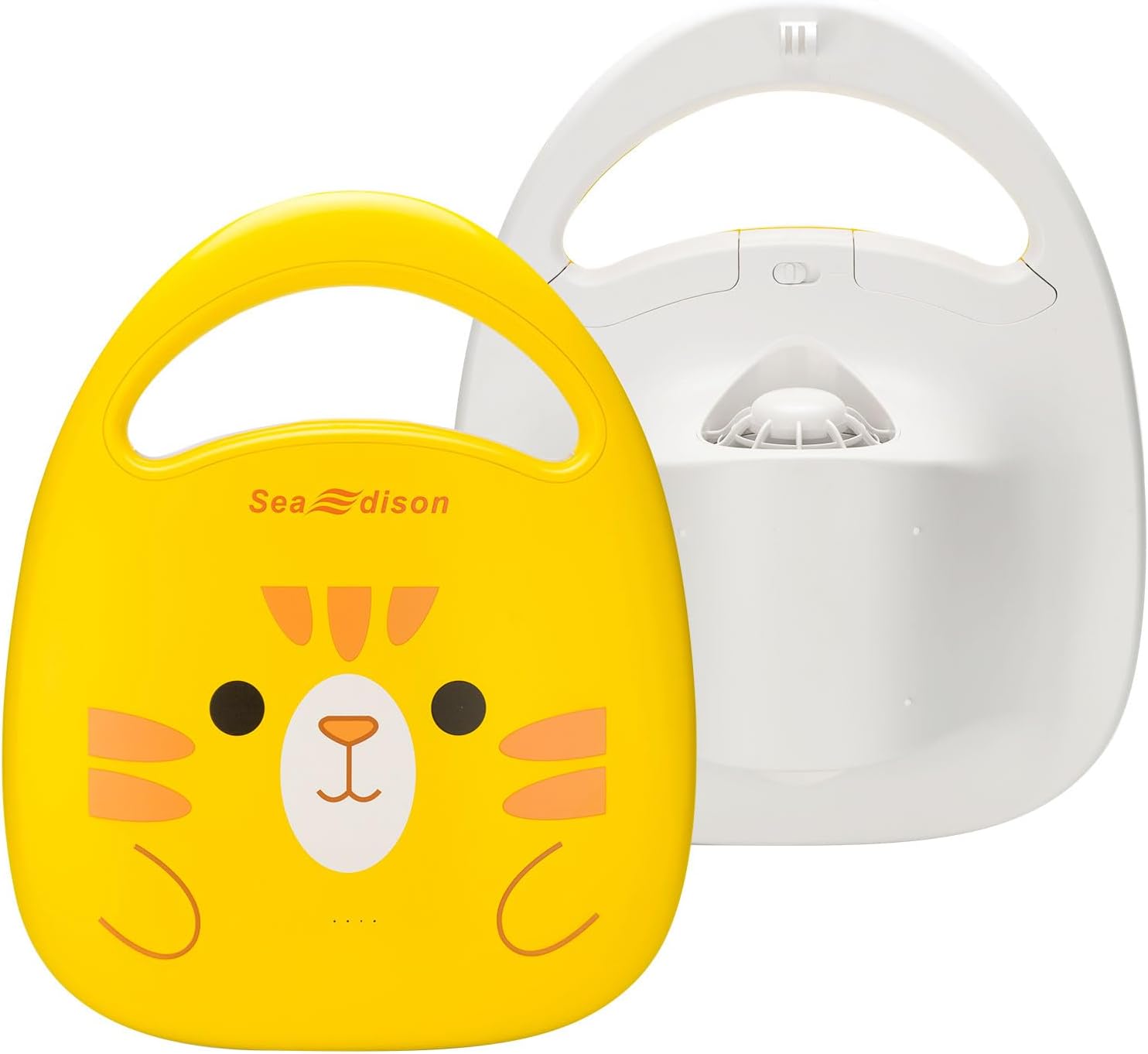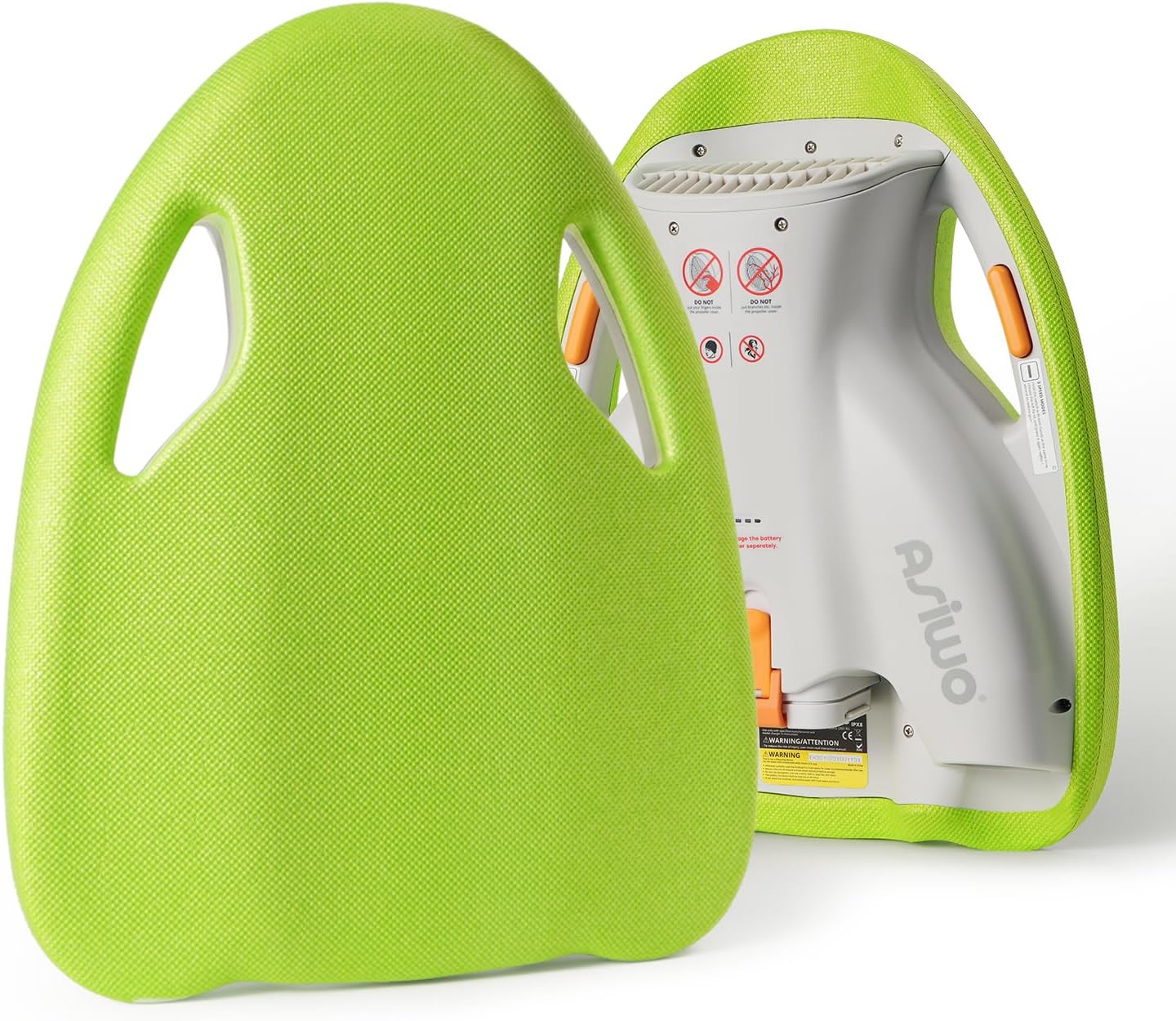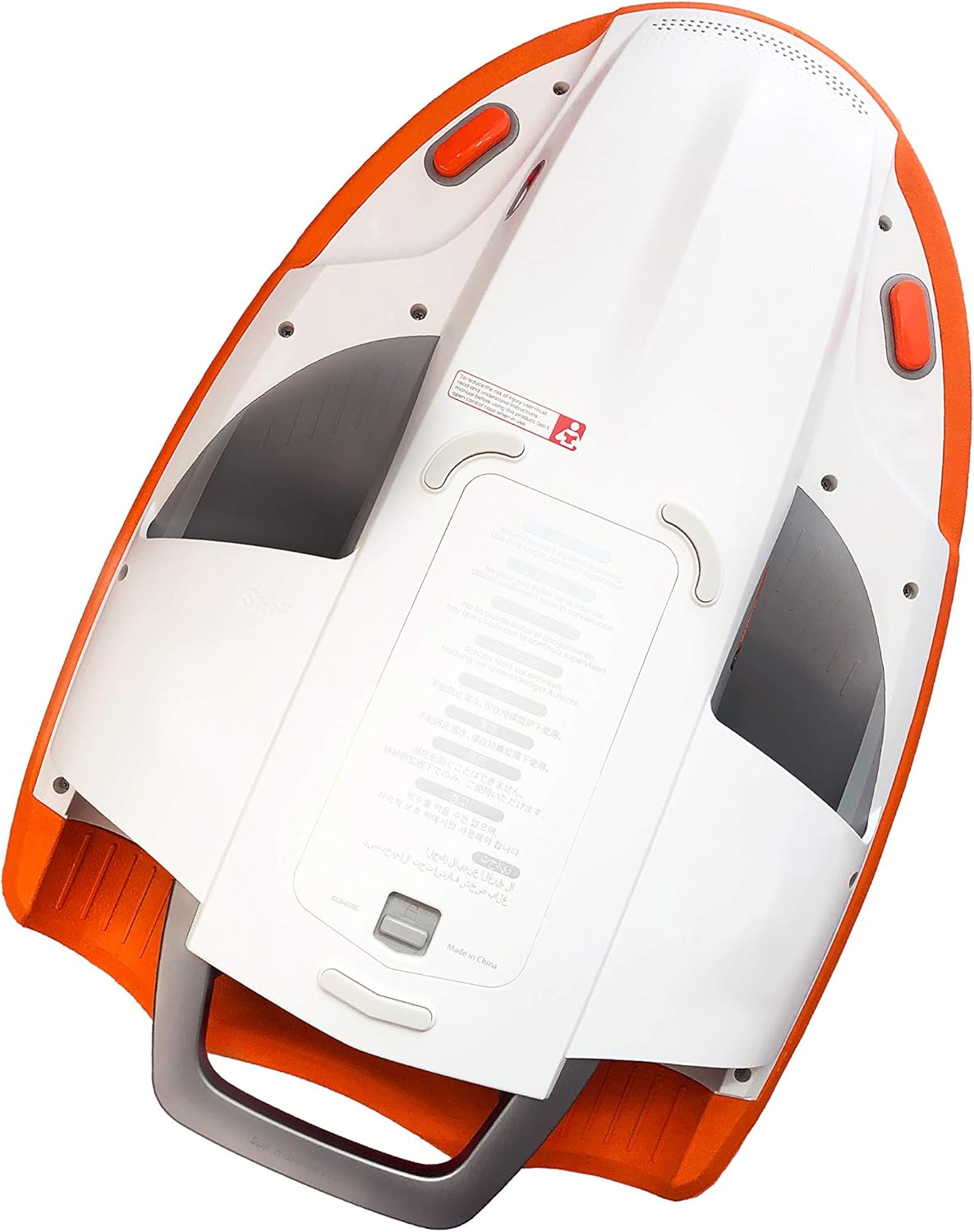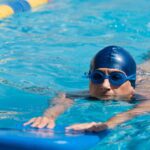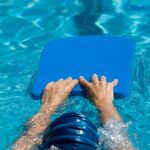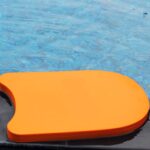Swimming with a Kickboard to Lose Weight – A Complete Expert Guide
Swimming with a kickboard to lose weight is like convincing your legs to do all the work while your arms get a suspiciously long coffee break.
If you’ve ever wondered why a few laps of pure kicking leave you gasping harder than a sprint on land, you already know there’s more going on beneath the water than meets the eye.
Today we’ll break down the facts, the science, and the practical steps so you don’t just splash around, you swim smarter.
Swimming with a Kickboard to Lose Weight
Yes, swimming with a kickboard to lose weight works, provided you treat it as more than a leisurely float. A kickboard isolates your legs, forcing the biggest muscles in your body (quads, glutes, hamstrings, calves) to do the job.
Since large muscles burn more calories, a steady 30-minute kickboard session can burn anywhere from 180–350 calories, depending on your pace, body weight, and how much resistance you create in the water.
To lose weight, you need two things: a calorie deficit and consistency. Swimming with a kickboard delivers both by being joint-friendly and adaptable for beginners and athletes alike.
If you structure intervals, progress week by week, and maintain proper form, it becomes a powerful fat-burning workout rather than just an easy float.
|
|
|
|
Why Choose a Kickboard for Weight Loss?
People often underestimate kickboard training because it looks deceptively simple. In reality, the water’s resistance can be up to 12 times greater than air, which means even small kicks demand significant effort.
Key advantages include:
- Targeted calorie burn: Using a kickboard shifts the emphasis to your legs, engaging some of the largest calorie-hungry muscles.
- Joint protection: Unlike running, there’s no pounding on the knees or ankles.
- Scalability: You can start slow, then ramp up with fins, shorter rest times, or longer distances.
- Form correction: By focusing solely on kicking, swimmers often improve hip alignment and ankle flexibility over time.
Put simply, swimming with a kickboard to lose weight benefits anyone who wants a low-impact but high-intensity workout.
Kickboard Swimming for Beginners
If you’re new to swimming or returning after years away, a kickboard is a safe, accessible entry point. The board supports your upper body, giving you stability while you focus on developing an efficient flutter kick.
Beginners should start with short intervals: say, 6 to 8 sets of 25 meters with generous rests between. Focus less on speed and more on consistent leg movement, relaxed ankles, and keeping your hips near the surface. This builds both stamina and confidence.
For anyone intimidated by swimming laps,
is less about performance and more about establishing rhythm and comfort in the water.
Kickboard Swimming Exercises for Weight Loss
One of the biggest questions is how to structure workouts. Random splashing doesn’t cut it. You need deliberate sets that balance aerobic effort and bursts of intensity.
Example exercises:
- Steady-state kicking: 10 × 50 meters at a comfortable pace with 20 seconds rest.
- High-intensity intervals: 8 × 25 meters sprint kick with 30 seconds rest.
- Mixed drills: Alternate 25 meters fast kick with 25 meters easy swim, repeating 10–12 times.
- Endurance sets: Build up to 500–800 meters of continuous kicking once per week.
These sessions can easily torch calories, especially if you push into the moderate-to-vigorous range where conversation becomes difficult—a classic “talk test” used in exercise physiology.
The Technique That Saves Your Back and Boosts Results
One pain point many swimmers report is discomfort in the lower back or neck when using a kickboard. The culprit is usually poor form.
Fixes to keep in mind:
- Keep the board partially submerged, not sticking straight up like a shield.
- Relax your neck; don’t crane it forward to breathe. Looking slightly down is ideal.
- Drive the kick from the hips, not the knees.
- Keep ankles loose and toes pointed, using small, fast kicks rather than big, slow ones.
A streamlined body position reduces drag, meaning you’ll move faster with less wasted energy and burn more calories per lap.
Avoiding Plateaus: How to Progress with Kickboard Training
Like any fitness method, doing the same workout over and over eventually stalls results. Here’s how to keep improving:
- Add distance: Gradually increase your total kickboard meters per session.
- Change intensity: Incorporate sprints, timed intervals, or “pyramid sets” (25 m, 50 m, 75 m, then back down).
- Use equipment: Short fins increase propulsion, elevating both calorie burn and cardiovascular load.
- Hybrid workouts: Combine kickboard sets with short swims or water jogging to engage different muscles.
Progression ensures that swimming with a kickboard to lose weight continues to challenge your metabolism and deliver results.
The Benefits of Kickboard Swimming Beyond Weight Loss
Weight loss might be the hook, but the broader kickboard swimming benefits deserve attention too:
- Improved cardiovascular endurance
- Enhanced ankle flexibility—crucial for faster swimming in general
- Stronger core stability as you work to maintain a horizontal line
- Mental stress relief, since water-based exercise is proven to lower cortisol
These benefits make the kickboard more than a calorie-burning prop: it’s a versatile training tool.
|
|
|
|
Best Kickboard for Swimming and When to Upgrade
Not all boards are equal. The best kickboard for swimming depends on your level and goals:
- Standard rectangular boards: Great for beginners who need stability.
- Contour boards: Ergonomically shaped to reduce shoulder strain.
- Smaller training boards: Used by competitive swimmers to reduce drag and force more body control.
- Electric swimming kickboard for adults: A newer option, designed with motorized propulsion to aid tired swimmers or add variety. While not ideal for calorie burn by itself, it can be used for warm-ups, cool-downs, or recovery sessions.
How Many Calories Can You Burn?
Calorie burn depends on weight, intensity, and water temperature. On average:
- A 125 lb person burns ~180 calories in 30 minutes of moderate swimming.
- A 155 lb person burns ~223 calories.
- A 185 lb person burns ~266 calories.
Kickboard-specific sessions may vary but tend to be comparable to moderate-to-vigorous swimming when performed with consistent effort. Add interval work, and you can push higher numbers.
FAQs on Swimming with a Kickboard to Lose Weight
Can kickboard training replace full swimming?
Not entirely. It’s a supplement, not a substitute. Pair it with at least some whole-body swimming for balance.
Does using fins burn more calories?
Yes, because you move faster and recruit hips more intensely. Just don’t become fin-dependent.
Is it suitable for non-swimmers?
Absolutely. Holding the board provides buoyancy, making it ideal for those uncomfortable with full strokes.
Can kids use them for fitness?
Yes, but with supervision. For adults seeking weight loss, structured sets are more effective.
Nutrition, Recovery, and Weight Loss Reality
Here’s where many people sabotage progress. After a swim, appetite tends to spike. Without attention to nutrition, you can easily eat back the calories you worked so hard to burn.
Focus on:
- Balanced meals with lean protein and fiber.
- Hydration, since swimmers often forget water intake.
- Sleep and recovery, because muscles repair outside the pool, not in it.
Remember: Swimming with a kickboard to lose weight is effective, but only if paired with a mindful diet.
How to Track Progress in Water
Unlike running, there’s no step counter to boast about. Instead, track:
- Distance completed per session
- Average pace per 50 meters
- Rest intervals maintained
- Perceived exertion (1–10 scale)
Consistency in these metrics is what transforms kickboard swimming exercises into measurable results.
The Bottom Line on Swimming with a Kickboard to Lose Weight
Swimming with a kickboard to lose weight isn’t a gimmick: it’s a science-backed, joint-friendly, and surprisingly tough workout.
The key is not to drift mindlessly behind a floating board but to approach it with structure: intervals, progression, and attention to form. Pair that with balanced nutrition and you have a program that burns fat, builds endurance, and improves overall swimming mechanics.
